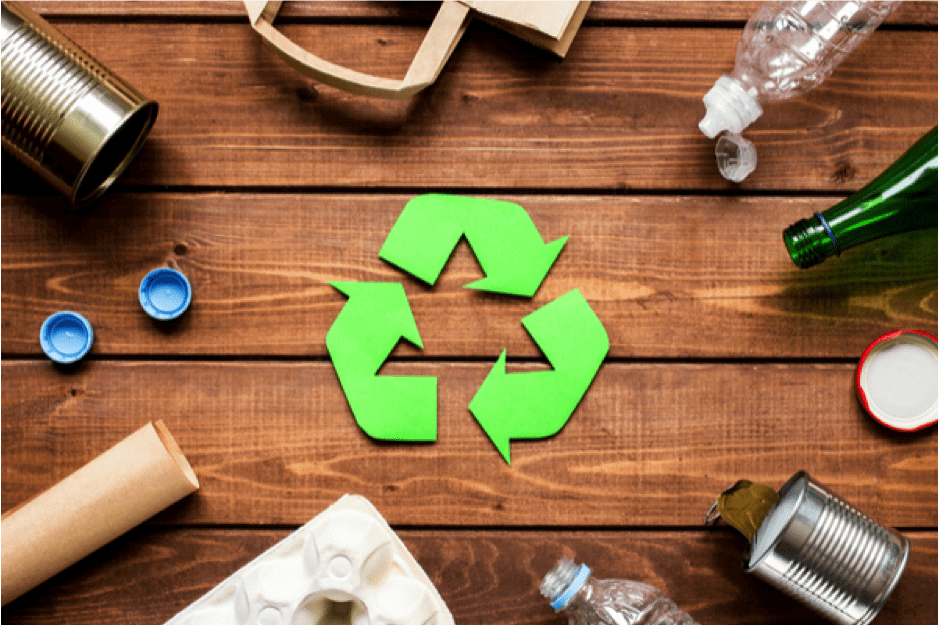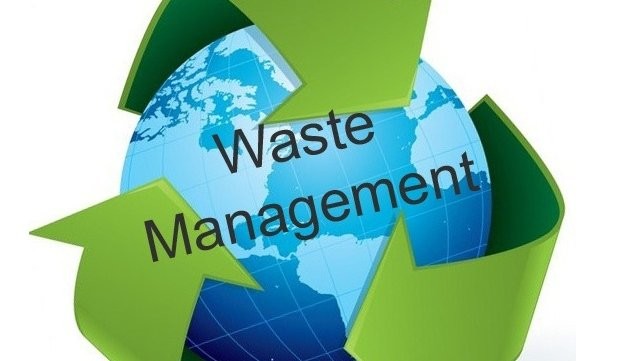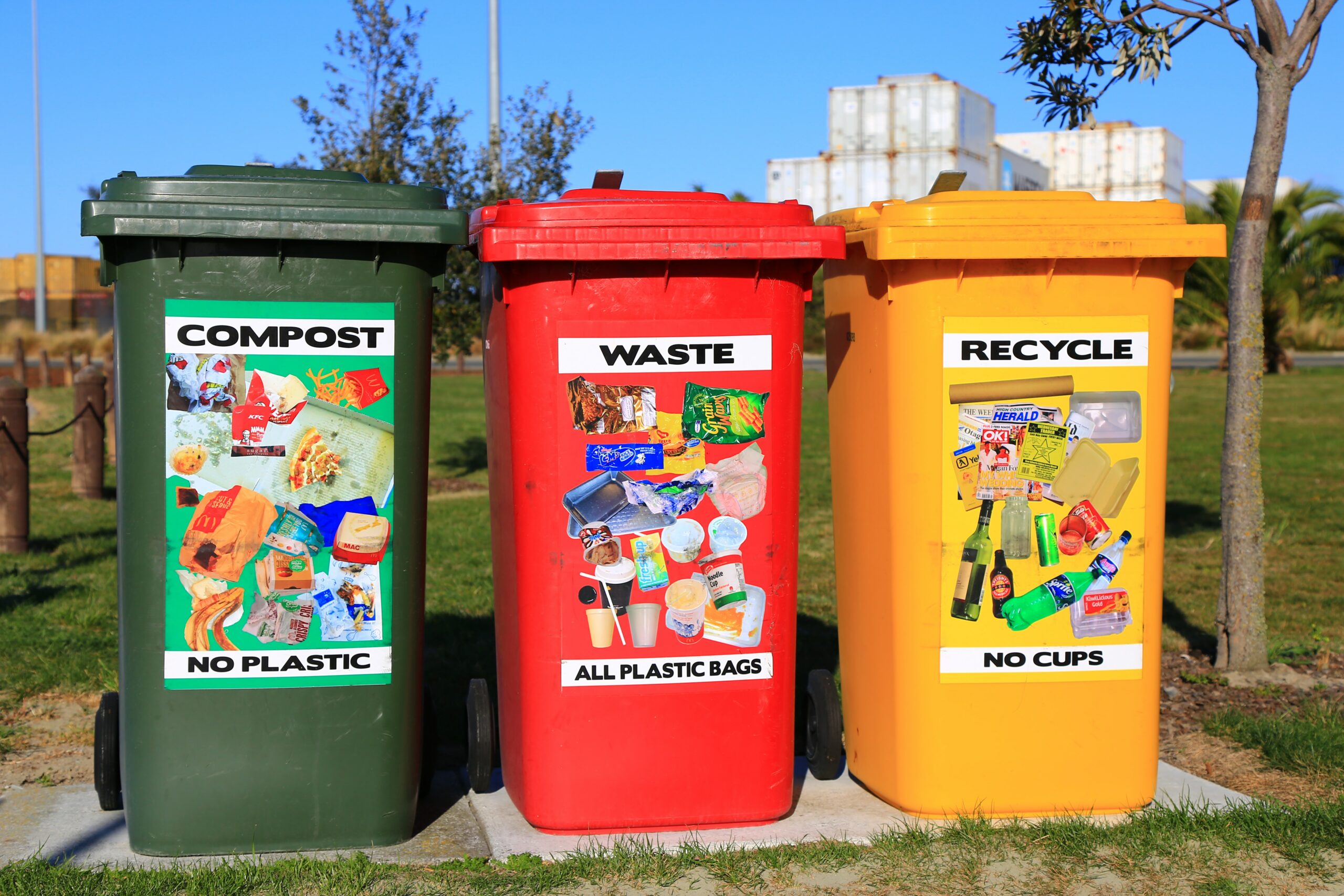Recycling Lives Services: Leading the Way in Liable Recycling
Recycling Lives Services: Leading the Way in Liable Recycling
Blog Article
Comprehending the Classification and Handling of Numerous Kinds Of Waste
Efficient waste administration is crucial for environmental sustainability, requiring a comprehensive understanding of the classification and handling of various waste types. Family waste, commercial byproducts, harmful materials, digital refuse, and organic remnants each necessitate unique procedures to make sure safety and security and reduce eco-friendly damages. Carrying out correct segregation, therapy, and disposal techniques is essential to alleviate damaging environmental effects and advertise resource conservation. The composting of natural waste contrasts dramatically with the elaborate procedures needed to handle dangerous compounds. This diverse technique to squander management emphasizes its complexity and the crucial need for specialized expertise in this domain.

House Waste
House waste, encompassing a broad range of disposed of materials generated from day-to-day living tasks, represents a significant component of the total waste stream - recycling lives services. This group includes natural waste such as food scraps, yard cuttings, and paper items, alongside inorganic materials like plastics, metals, and glass. The diverse nature of family waste demands effective classification and management to minimize ecological influence and promote lasting living practices
Effective house waste management starts with partition at the resource, promoting recycling, composting, and secure disposal. Organic waste, as an example, can be composted to generate nutrient-rich soil amendments, decreasing land fill concern and enhancing soil health and wellness. Recyclable materials, consisting of paper, glass, and particular plastics, can be refined and repurposed, decreasing and preserving sources energy usage related to brand-new product production.
Additionally, unsafe house waste such as batteries, electronic tools, and cleansing chemicals requires specialized taking care of to avoid dirt and water contamination. Public understanding campaigns and practical disposal choices play essential roles in making sure correct disposal and recycling of these materials. By implementing durable waste reduction methods and fostering community involvement, municipalities can considerably alleviate the environmental impact of house waste.
Hazardous Waste
Hazardous waste, a major contributor to global waste generation, includes a diverse variety of materials produced by manufacturing, construction, and other industrial activities. This category consists of spin-offs such as scrap steel, plastics, rubber, chemicals, and various other residues. The structure and volume of commercial waste can vary considerably depending on the sector and production processes included. Efficient administration of hazardous waste is crucial for minimizing environmental impact and promoting sustainable methods.
The handling of commercial waste commonly involves numerous processes: collection, disposal, treatment, and segregation. Collection systems are designed to efficiently gather waste products from different sources within a commercial operation.
Embracing techniques such as waste minimization, resource recovery, and recycling can substantially reduce the concern of industrial waste on the atmosphere, adding to even more sustainable commercial practices.
Contaminated Materials

The classification of hazardous waste is normally based on its chemical and physical qualities. Hazardous wastes contain unsafe compounds that can cause adverse health impacts even at reduced focus. Harsh wastes can harm or damage living tissues and materials. Flammable wastes can conveniently stir up, positioning fire risks, while reactive wastes can cause explosions or launch harmful gases upon call with various other substances.
Efficient contaminated materials monitoring includes numerous essential methods: identification and segregation of unsafe products, secure transport and storage space, and ideal therapy and disposal. Therapy techniques may include chemical incineration, stabilization, and neutralization. Governing compliance is necessary, guided by frameworks such as the Resource Conservation and Recovery Act (RCRA) in the USA, which makes sure safe and ecologically sound monitoring of contaminated materials.
Electronic Waste
Digital waste, usually abbreviated as e-waste, stands for a growing difficulty in waste monitoring because of the fast obsolescence of modern technology. This category includes a broad variety of disposed of digital tools, including smart devices, computers, tvs, and home home appliances. The intricacy of e-waste exists in its composition; these items include a mixture of useful materials such as gold and copper, as well as hazardous materials like cadmium, mercury, and lead.

Regulations and regulations, such as the European Union's Waste Digital and electric Devices (WEEE) Regulation, aim to advertise accountable e-waste monitoring. These plans mandate manufacturers to assist in the collection and recycling of digital items, thereby reducing the problem on landfills and lessening ecological contamination.
Organic Waste
Organic waste, encompassing biodegradable materials such as food scraps, yard trimmings, and farming residues, makes up a significant part of the municipal solid waste stream. This kind of waste is noteworthy you could check here not just for its volume however additionally for its possible environmental influence otherwise taken care of properly. Organic waste can disintegrate anaerobically in garbage dumps, producing methane, a powerful greenhouse gas adding to environment change.
Proper handling of natural waste involves numerous approaches. Composting is an extensively taken on method, transforming natural products right into important compost that can enhance soil and assistance sustainable agriculture. This process also reduces the volume of waste sent out to land fills. Another method is anaerobic food digestion, which damages down organic matter in the lack of oxygen, producing biogas that can be used as a renewable resource resource. Furthermore, diverting food waste from landfills with contribution programs can minimize food instability while reducing waste.
Municipalities and companies are progressively recognizing the value of organic waste administration. Applying extensive natural waste recycling programs not just mitigates ecological effects but additionally straightens with broader sustainability goals, advertising a circular economic situation where sources are constantly reused and repurposed.
Final Thought
Efficient waste monitoring and environmental management necessitate a thorough understanding of the classification and handling of numerous waste kinds. Household, industrial, hazardous, electronic, and natural waste each need distinct procedures for treatment, disposal, and partition. Appropriate monitoring decreases ecological effect, conserves resources, and promotes sustainability. Applying ideal methods for each waste kind makes certain accountable and risk-free waste monitoring practices, eventually adding to the defense of environments and public health and wellness.
Reliable waste management is pivotal for ecological sustainability, needing a detailed understanding of the classification and handling of numerous waste types.House waste, incorporating a broad range of thrown out products created from everyday living activities, stands for a navigate here considerable component of the overall waste stream.Industrial waste, a major contributor to global waste generation, includes a diverse range of materials created by manufacturing, building and construction, and other commercial activities (recycling lives services).Harmful waste, an important worry in waste management, consists of materials that posture considerable risks to human health and wellness and the setting due to their hazardous, harsh, combustible, or responsive residential or commercial properties.Organic waste, including naturally degradable products such as food scraps, lawn trimmings, and farming deposits, makes up a significant portion of the municipal strong waste stream
Report this page